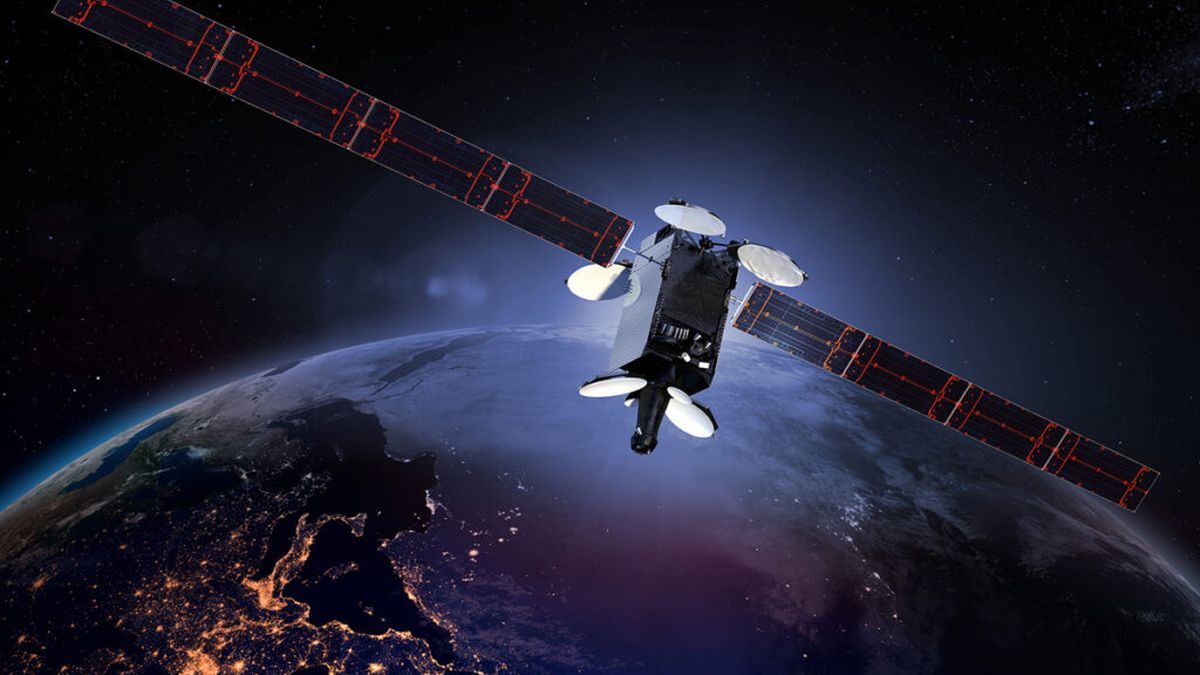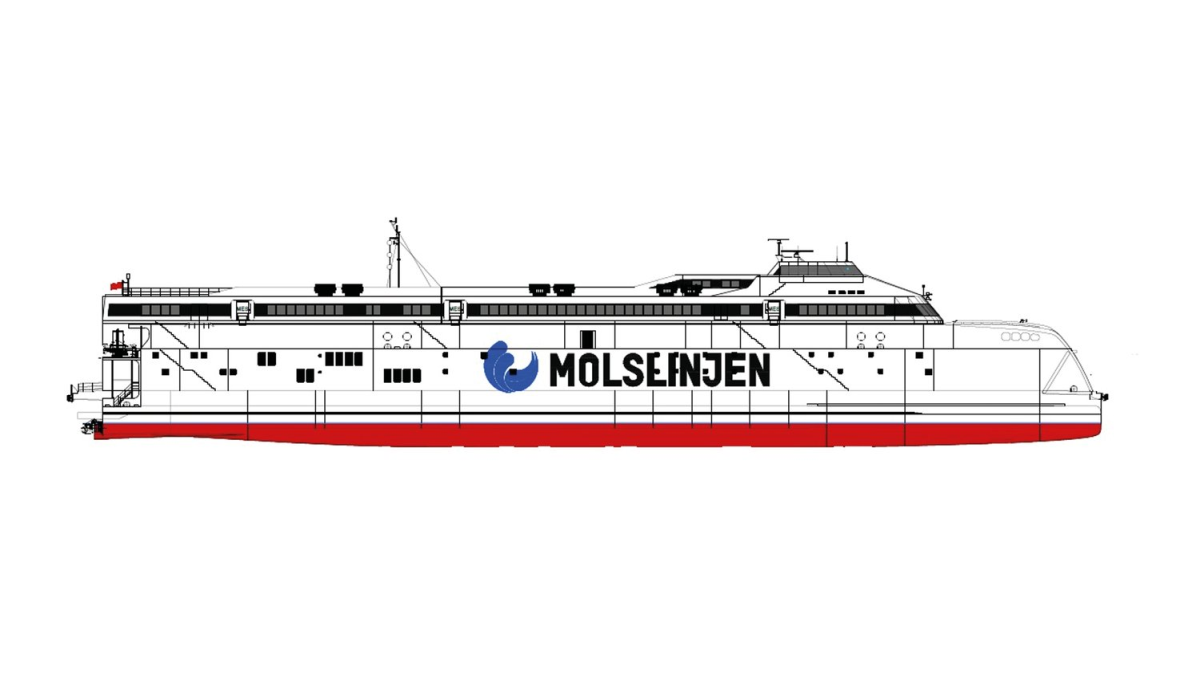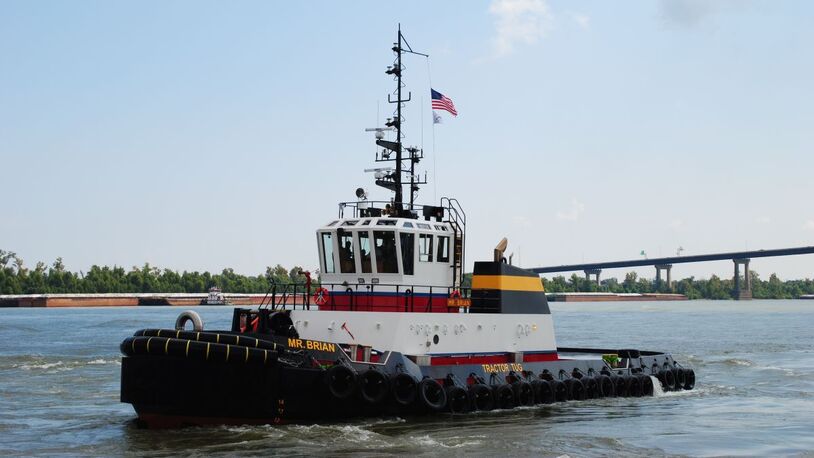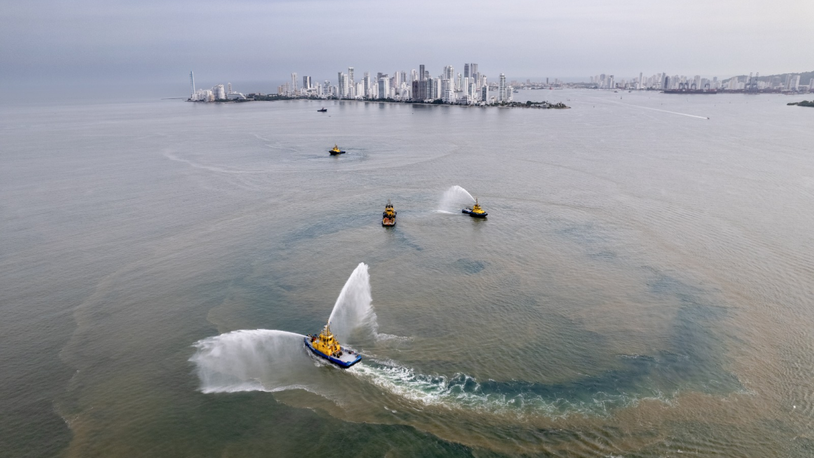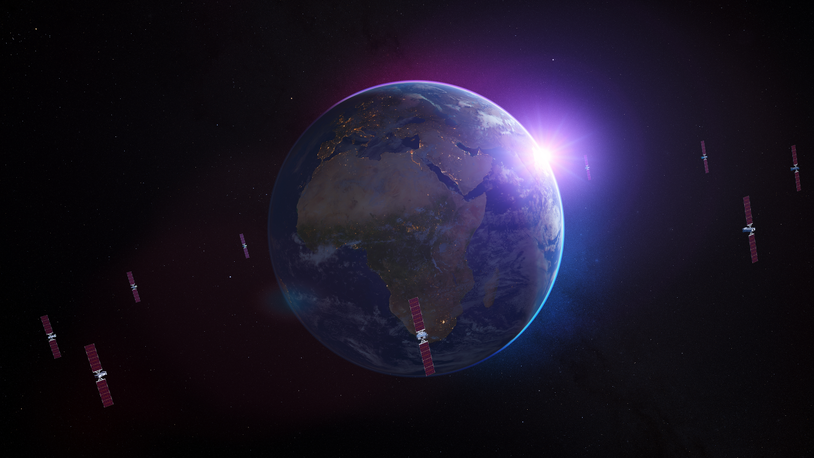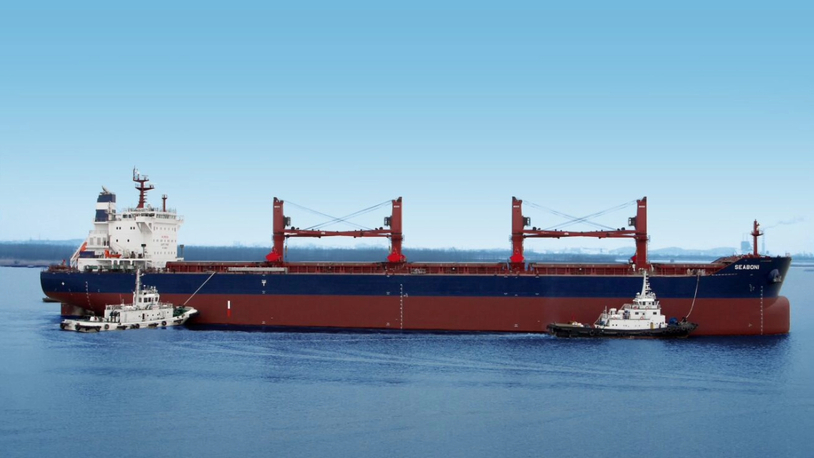Business Sectors
Events
Contents
Register to read more articles.
SES/Intelsat merger: maritime connectivity repercussions, part 2
The SES buyout of Intelsat will be a big relief to the investors who bailed Intelsat out of Chapter 11 a few years ago and will increase capacity and connectivity services to the maritime industry
(You can read Part 1 here.)
Revenues from their combined wholesale capacity business will amount to more than US$300M. One crucial element of the deal will be to retain as much of this revenue as possible. Part of this will be pushing back on big service providers seeking big discounts on medium earth orbit (MEO) and very small aperture terminal (VSAT) over the combined geosynchronous orbiting (GEO) satellite capacity.
In the case of Intelsat Flex and SES Skala, if SES did want to reduce its efforts of low-value vessel contracts, it would be like the Greek myth of Sisyphus pushing his rock back up a mountain for it to roll down again immediately. It could be just one vessel at a time. But with Skala and Flex combined, the vessels served will be higher than Inmarsat’s Fleet Xpress service.
However, it is unlikely SES will touch Flex. It keeps the combined entities’ portfolios broad and thus decreases risk (all good financial planners preach this). Ultimately, its wholesale capacity sells and O3b MEO will be the big returners for SES/Intelsat combined.
SES will have to partner with other low earth orbit (LEO) offerings, such as with Starlink, for the lucrative cruise market. But SES does hold one trump card.
Cruise vessel traffic has changed over the years. Previously, very downlink-heavy centric, (4:1 ratio of downlink to uplink), is now more like 2:1, respectively. LEO is ill-suited to this uplink parameter, and this will be SES’s power card to maintain superiority overall.
Talking about synergies in mergers and acquisitions is the prerequisite of all announcements. From a maritime perspective, bar Skala and Flex, the operators cater to different customer bases. Unfortunately, according to those in the know, from a satellite coverage perspective, there may be little fruit to bear as the operators have identical beam coverage for a number of regional areas. However, creating scarcity does help with demand. Defending price points will be a crucial performance indicator in the coming years.
The SES-Intelsat merger is part of a larger trend in consolidation in the maritime satellite communications space. There have been other acquisitions in the sector forming larger entities and introducing new players. FMC Globalsat recently purchased Anuvu’s maritime, energy and cruise business. The fee is unknown, but it could be in tens of millions rather than hundreds.
FMC Globalsat is a newcomer to maritime, offshore energy and government; initially focused on solar, other renewables and a little government work. Becoming a Starlink reseller in 2023 whetted the company’s appetite and that of its chief executive, Emmanuel Cotrel, for connectivity on the move.
With its Starlink services, the firm serves a small number of commercial merchant and yachts. The desire to evolve is evident with the purchase of the business. FMC has an experienced maritime executive who previously ran the MTN business back in 2010s, and was also at Global Eagle and Anuvu thereafter. It will be interesting to see how that business evolves under FMC’s stewardship.
The SES and Intelsat deal has been coming for a long time. Despite mobility being only a smaller portion of the businesses, it holds key attributes for both operators. It uses unutilised coverage area, the sea, and the yields of return for a maritime vessel compared to a land vessel are like chalk and cheese.
With Eutelsat taking ownership of OneWeb, Inmarsat acquired by Viasat, and the plethora of LEO offerings of Starlink and in the not so distant future, Amazon Kuiper, Rivada and Telesat, action was required by both SES and Intelsat.
Historically, service providers have been able to generate quite large profit margins for GEO VSAT services, in some cases with around 40% markup. With offerings from Starlink, resellers are not allowed to mark up prices on the capacity but will wisely add on management or integration fees per terminal or vessel.
As such, some service providers have done remarkably well in 2023. SES and Intelsat will look to see if they can pass on some of the tight margins to its service providers in the future. The challenge will be how Starlink and the other LEO players come in to plug the gaps. There are many pieces at play, each vying to capitalise on opportunities where they see them. Pay attention always.
Joshua Flood is co-founder and managing director of Valour Consultancy
Maritime Media’sVessel Optimisation Webinar WeekUse this link for more information and to register
Maritime Media’sIACS URs E26 & E27: Bridging the gap between regulation and implementationUse this link for more information and to register
Related to this Story
Events
Offshore Support Journal Conference, Americas 2025
LNG Shipping & Terminals Conference 2025
Vessel Optimisation Webinar Week
© 2024 Riviera Maritime Media Ltd.


